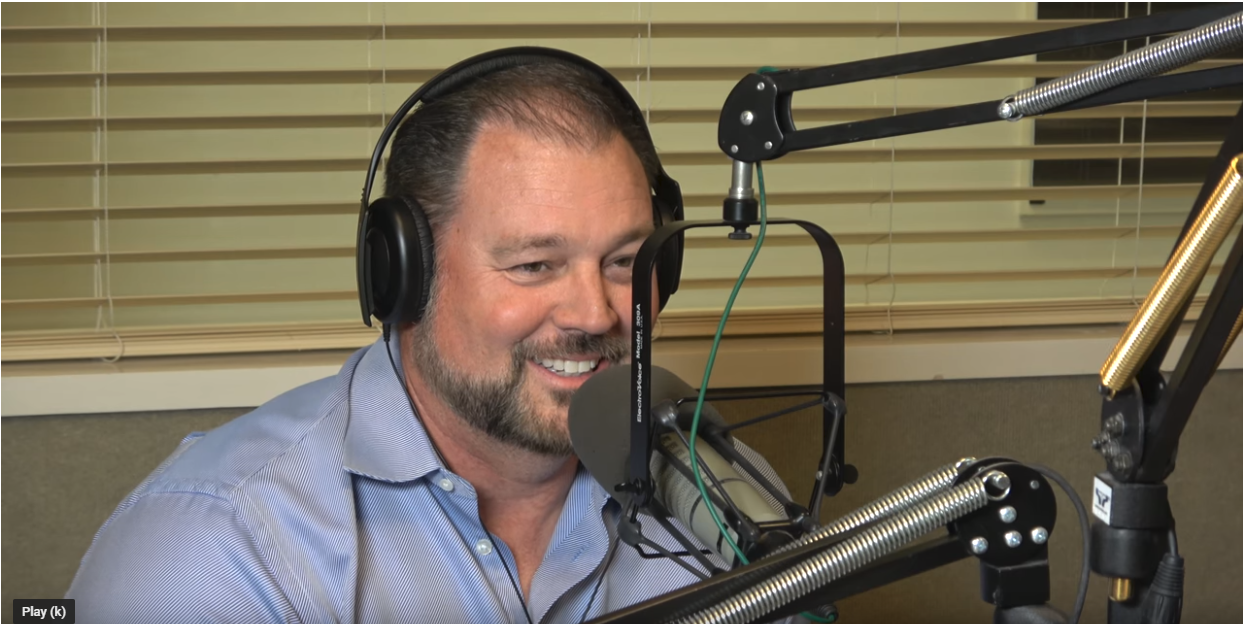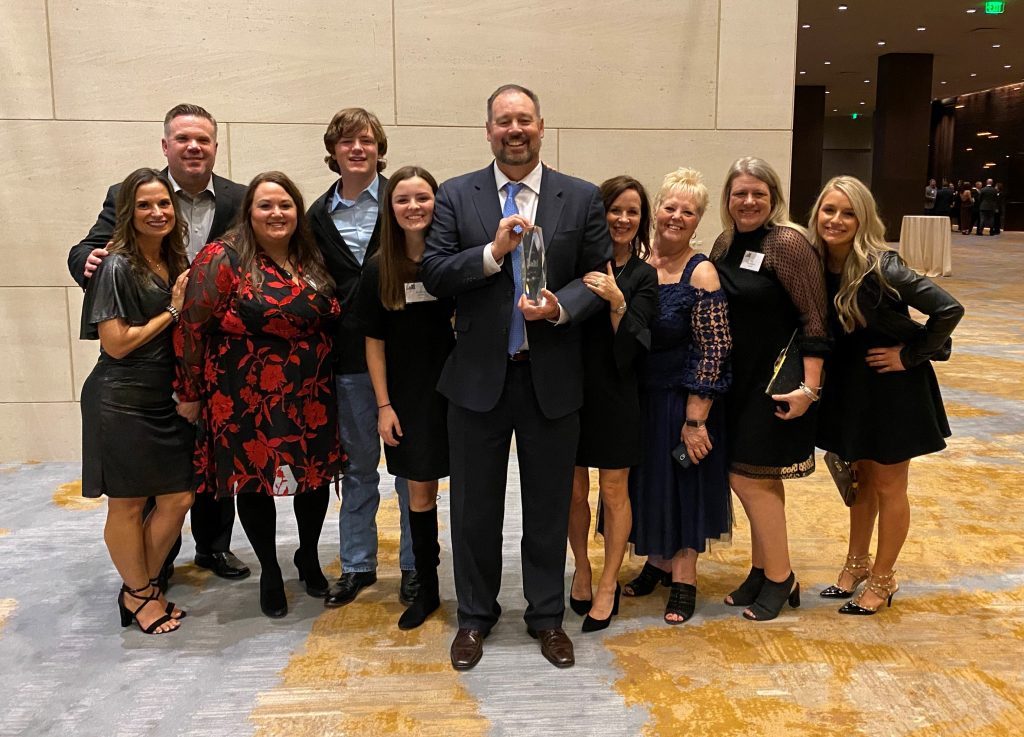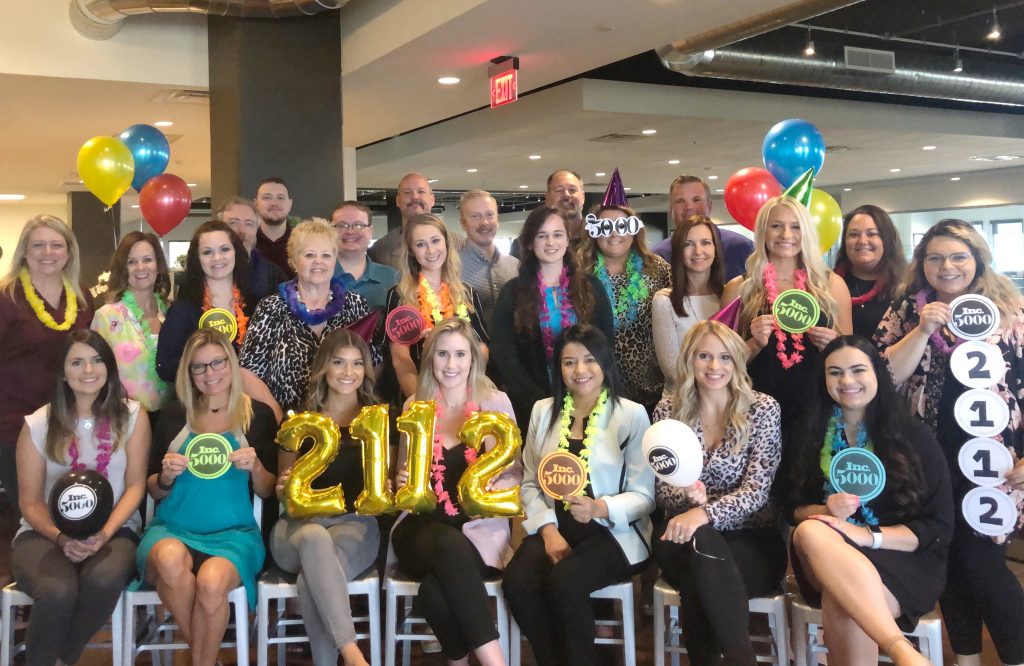
By David Ajamy – Digital Reporter, Dallas Business Journal
Dec 9, 2019, 9:41am EST
When D.W. Bobst (Dan W. Bobst) was playing basketball at Texas A&M University-Commerce, he had no idea that in the future he would be the founder of a company in the human resources sector.
“I can tell you when I was 18 years old, it wasn’t like I said, ‘When I get older, I want to be human resources professional,’ or in staffing recruiting,” said Bobst in an interview. “It was something that I found out that I was really good at it. I enjoy the industry and felt that there was a lot of potential of growth of that and just continue to do it.”
Bobst, who is president and CEO of the company, founded TrendHR in 1997. The company was launched with the help a $250,000 investment from a former partner, though, after four years, Bobst bought out his partner.
After 22 years in business, the company has 38 employees and about $175 million in revenue, according to Bobst. Additionally, the company’s annual growth is around 18 percent this year, and has averaged growth rates in the mid-20s in the past.
The company is based in Rockwall and is the anchor tenant in the city’s Trend Tower, which Bobst built in 2012.
Bobst spoke with the Dallas Business Journal spoke about the changing HR industry and what’s next for TrendHR:
How do you describe what TrendHR does?
Somebody who is running a restaurant or a hotel is doing what they are good at. What no one ever trains is how to handle the employee side of operations. We allow these companies to continue to focus in on what they know to create the revenue while we come in and help them in any capacity they want.
There are a lot of studies out there that show that companies that outsource these functions grow 18 percent faster than companies that don’t.
How have things changed in the industry?
With technology today, we can get clients and maintain clients through the internet. Companies don’t have to have eight or 10 offices across the nation like they used to. Technology-wise, the platform is built to where we can add on clients without really having to add on staff. Which means we can multiply our revenues very easily. For example, we work in 38 states and handle 8,000 employees for payroll and different kinds of services.
What does the future of HR look like?
It doesn’t matter which political party is in power. With health insurance and benefits as a whole, the employees want health insurance, but they can’t afford it. A company like mine helps companies afford better benefits that they may not be able to get on their own.
I don’t see the industry shrinking. I see it actually growing. With the federal government and state governments requiring more of these types of options available to employees, companies will look even more to companies like mine to help them.
How does a smaller company differentiate itself from larger companies in HR?
We compete against some of the biggest companies in the world, like ADP and Paychex. While everyone says the same thing as far as superior customer service, our average client is with us for over eight years. We don’t have a lot of turnover, which proves that we are doing things right.
Once we get a smaller client or medium-sized client, there’s still a lot of personal relationships, whereas, with a lot of other vendors, there’s no relationship. My upper management and I are dealing on a regular basis with the client companies’ upper management and, most of the time, ownership. Most of them are mom-and-pop shops, and their business is their entire livelihood and their employees are like family to them, so they want to take care of them. They want to deal with a company that they’re able to actually talk to and get their questions or issues addressed as quickly as possible, and the larger companies, they don’t really do it as well, in my opinion.
What are your goals for TrendHR’s future?
We’ve been in business for 22 years, and we used to be concerned with just growth. Now, we’re more concerned with having a really good product and service that we can provide to our existing clients and future clients. Most of our new business is done by referral, and it’s shown to work because we continue to grow exponentially each year.






